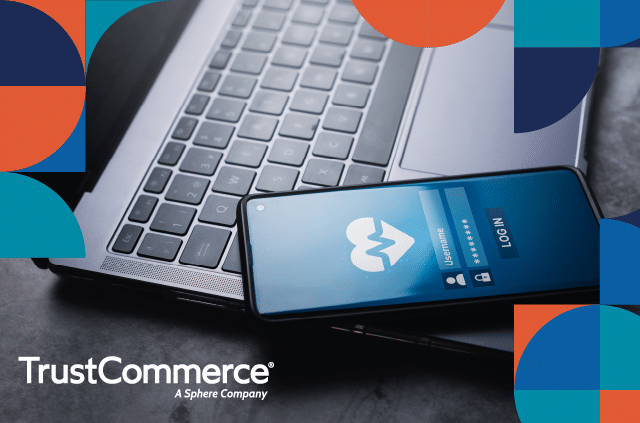It’s hard out there for physicians. From staffing issues, excessive paperwork, and inadequate reimbursements, doctors are dealing with a difficult business environment, according to Medical Economics’ 2024 Physician Report. Among practices that went into the red last year, 70% cited rising costs as the primary factor.
Here are the top issues facing physicians, according to the report:
- Burden of paperwork and quality metrics
- Inadequate reimbursement
- Third-party interference such as prior authorization
- Burnout or work-life balance
- Electronic health records
- Lack of staffing
Fortunately, many of these issues – including paperwork burdens, burnout, and staffing challenges – can be alleviated by adopting patient engagement tools that drive efficiencies for providers and add convenience for physicians. These tools include:
Online pre-service check-in and cost estimates: Pre-service check-ins and cost estimates save staff time and mentally prepare patients for what they’re likely to owe out-of-pocket. By informing patients of likely out-of-pocket costs prior to appointments, providers can improve the likelihood of prompt collections – a partial antidote to inadequate reimbursement.
Self-scheduling: From dinner reservations to oil changes to hairstyling appointments, consumers have evolved to expect the option to self-schedule events. When providers offer patients the option to self-schedule appointments, as opposed to requiring them to call in during office hours, they reduce stress and burnout on staff.
Automated appointment reminders: Similarly, other industries have trained consumers to expect automated appointment reminders to be delivered to them in advance of events. Automated reminders can be configured to reflect individual patient preferences for channels of contact, eliminating the need for staff members to perform outreach themselves.
Digital wallets: Digital wallets are mobile versions of consumers’ financial accounts that can be accessed via smart devices and computers, and can be used at payment terminals, websites, and apps. Among the most widely used are Google Pay and Apple Pay. Digital wallets enable providers to improve speed and reduce friction during the checkout process—convenient for patients and efficient for staff.
Post-visit payment plans: Patients experiencing medical debt can often benefit from receiving the option of using flexible payment plans. By extending some payment flexibility to patients, providers can increase collection rates and reduce the amount of bad debt sent to collections agencies. Integration with electronic health records systems prevents double-posting of charges and improves the patient experience.
Want to learn more about ways to minimize provider pain points with integrated payment solutions? Contact us.




